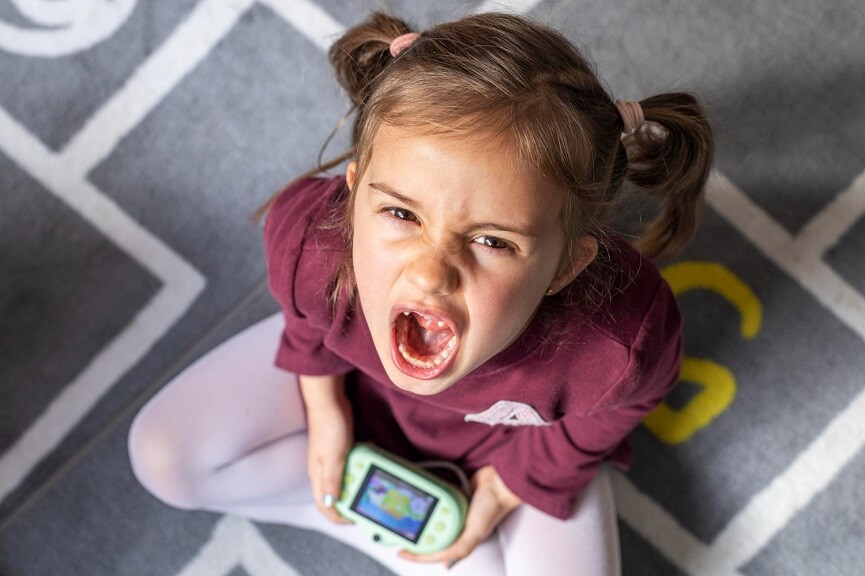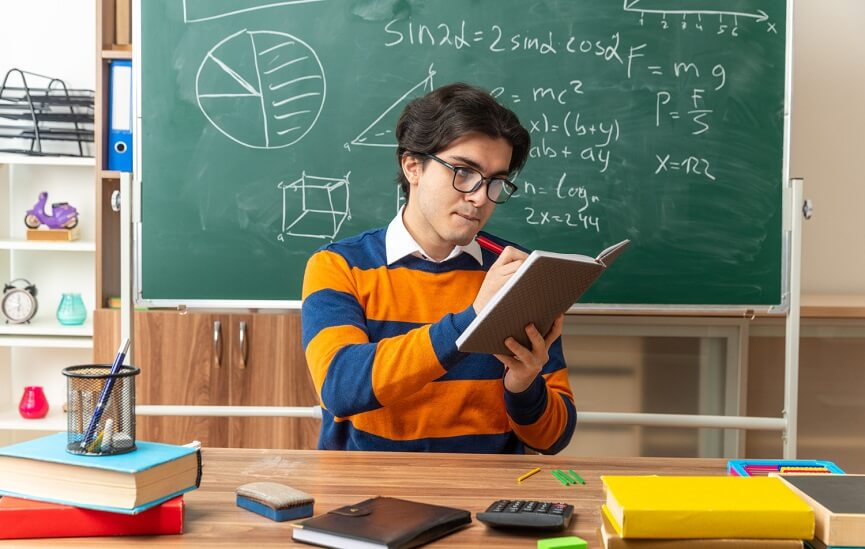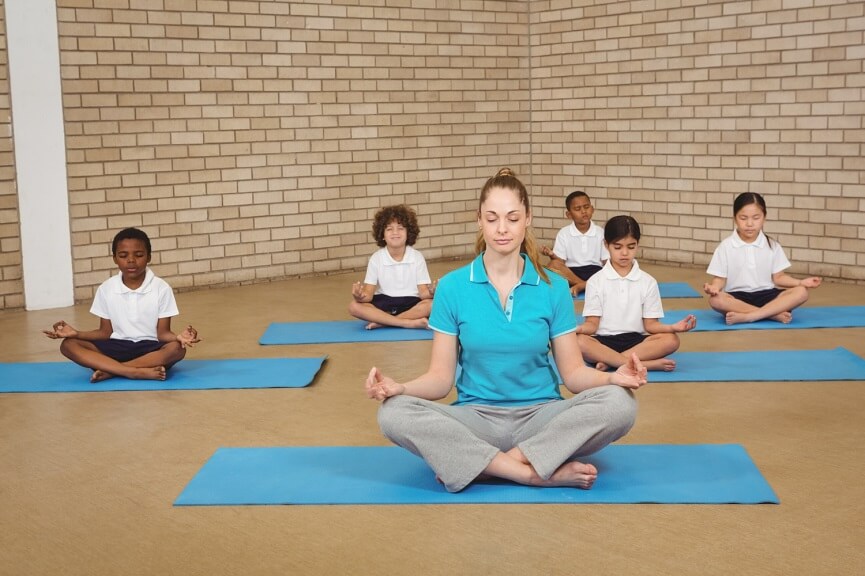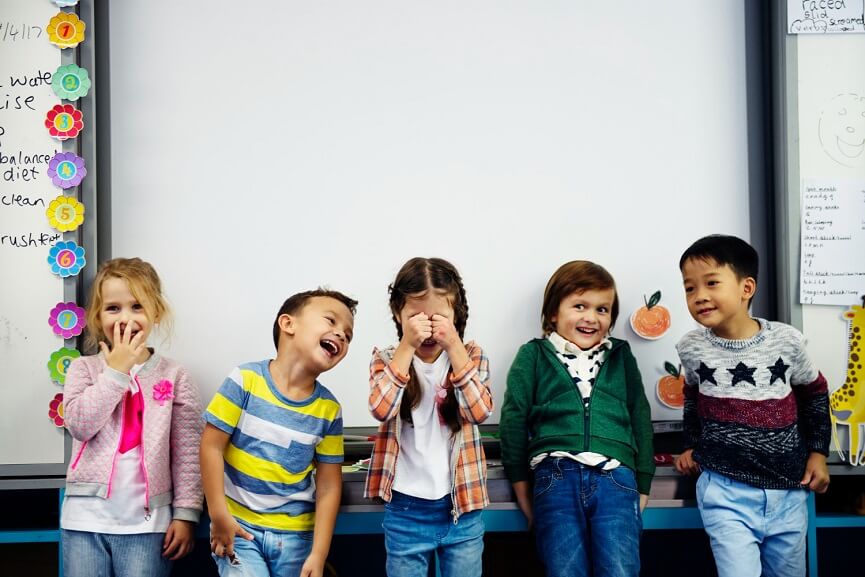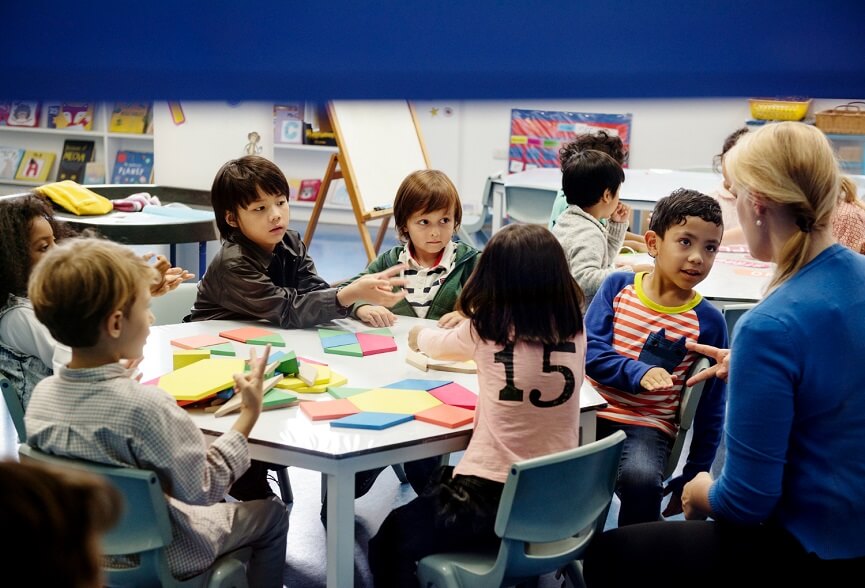The Future of Education: Promoting Intellectual Agility and Ingenuity in Young Minds
By Billabong September 12, 2024
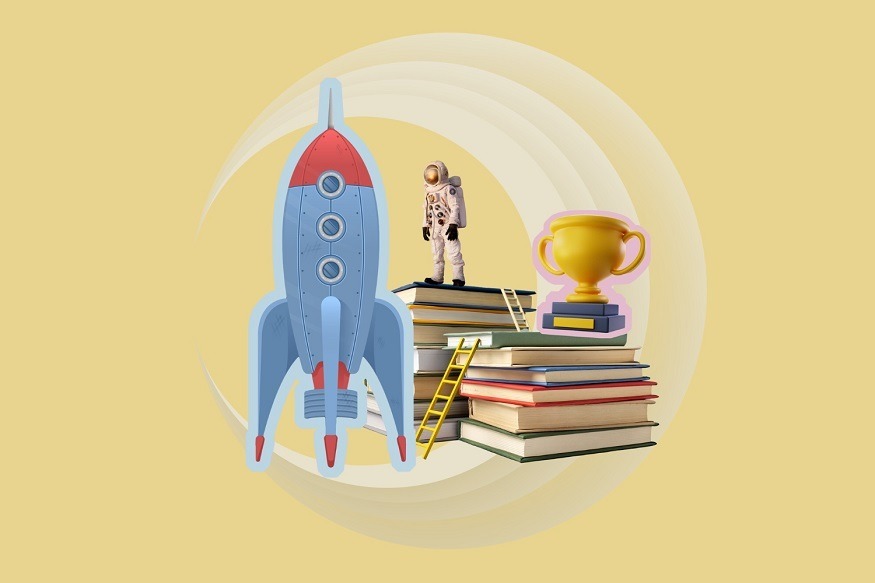
Education is changing at a fast pace. In the 21st century, the future of education lies not in just creating active learners but in equipping young minds to become intellectually agile and creative. Amid the rapid technological developments of the modern world, diverse teaching and learning strategies must be used to teach students to think critically, be creative, and adapt to the changing times. In India, where education has always been considered the foundation of the country’s growth, this transformation is more important than ever.
Why Intellectual Agility Matters
Intellectual agility is the ability to apply knowledge in different and often unexpected contexts; a capacity to think on one’s feet, to solve problems and come up with new approaches. This kind of talent is in demand as businesses become more fluid and globalised. The old model of education based on rote-learning is no longer adequate. What we must teach our students to do is to learn to learn, to adapt, and to survive in new situations.
The World Economic Forum has predicted that future jobs will demand cognitive flexibility and creativity as well as emotional intelligence, in addition to technical skills. As artificial intelligence and automation make their way into the workplace, students need to learn to collaborate with technology and develop skills that are less likely to be replaced by machines.
This emphasises the need for intellectual agility in learning right from the start and for teaching methods that help students learn to regurgitate information and think dynamically and creatively.
Key Strategies to Promote Intellectual Agility
The journey towards intellectual agility involves re-orienting pedagogy from the front of the room to the back of the classroom—from being teacher-centric to student-centric through experiential, project-based, and technology-led learning. Here are some pointers to help students become more agile and creative:
1. Project-based learning (PBL)
PBL places students in situations that imitate real-world challenges, so students have to apply problem-solving and critical thinking to concrete scenarios. Instead of learning about a topic in a textbook and memorising facts, students use what they’ve learnt to work through a complex, practical problem. For example, students might be tasked with creating solutions to a real environmental problem, creating a business idea, or developing a community outreach programme. PBL nurtures not only intellectual adaptability but also values such as teamwork, leadership, and communication.
2. Flipped classrooms
The flipped classroom approach flips the traditional educational learning model by having students learn new material at home via videos, reading, or an online module and then focus class time on discussions, group work, and problem-solving activities that help students apply critical thinking and use their new knowledge. A key benefit of flipped classrooms is that it ensures that learning is active and that students are thinking about the material, not just receiving it. Flipped classrooms also allow for autonomy and independence for students.
3. Design thinking
Design thinking is a problem-solving process that sets out to understand problems and create solutions using human-centred design methods such as empathy, experimentation, and iteration. In education, the design-thinking process can help students think about problems from different perspectives, generate possibilities, and then test them out using prototypes. As a design-thinking process, we see it as a method that fosters new teaching and learning strategies, embracing failure and iterative practices in the search for solutions to complex problems.
4. Experiential learning
Another important advantage of learning in a real-world setting is that students have an opportunity to experiment with the theories they studied; they can relive experiences in internships, field visits, simulations, and laboratory tests. In studying sciences, students might perform experiments that mirror actual events. This kind of learning increases learning and teaches real-world information needed for building the careers of students.
5. Growth mindset and social-emotional learning (SEL)
Another way to encourage intellectual agility is to foster a ‘growth mindset’ in children. If students believe that their abilities are malleable and they can improve through effort, they’ll be more likely to perceive challenges as opportunities for learning rather than threats or images to be avoided. SEL also helps children develop resilience, a love of learning, and an ability to take risks, make mistakes and learn from them, persevere, and bounce back from setbacks.
6. Leveraging AI and technology in education
Artificial intelligence is transforming learning through personalised, adaptive assessment, where machine-learning algorithms analyse student performance to inform their learning experience at the individual level. Such adaptive platforms can sow the seeds for lifelong learning by allowing students to master a subject in their own time and by providing more focused support where needed. AI tools have the potential to make learning more intellectually nimble, as well as more dynamic and responsive. These tools can also assist teachers by taking care of mundane tasks so they can focus more on engaging with individual students.
Addressing Common Challenges in Indian Education
At the same time, these innovative strategies face significant challenges, especially in the Indian context. Many schools remain wedded to traditional, teacher-centric approaches. Access to technology can be limited, particularly in rural areas, and emphasis on standardised testing can divert attention from developing intellectual agility to preparing for exams.
Broader investment in educational infrastructure and teacher training, coupled with access to digital tools, will help to more widely adopt progressive teaching methods. Schools should become places where curiosity, experimentation, and critical thinking are encouraged over conventional teaching and learning strategies.
The Role of Parents and Educators
Parents and educators are key to this shift. Parents must teach their kids to discover, ask questions, and think for themselves. In the meantime, we all need to make sure we are having a diverse, interesting classroom where children feel they can experiment and take chances.
In the end, intellectual agility is a movement that needs to be led by parents, teachers, and policymakers if we are to reimagine how we educate kids to prepare them for a world that demands innovation, experimentation, flexibility, and creativity.
Conclusion
Therefore, teaching the intellectual skills of flexibility and creativity is a challenge not just for education but for society at large. Schools for the coming century must prepare children to think and act creatively, critically, and flexibly, giving them the best chance of facing an unpredictable future.
Billabong High International School is at the forefront of this new educational paradigm of learning. Our unique curriculum combines the best teaching methods and technology with experiential learning to encourage the intellectual and creative potential of every child. For more information on how we can help your child blossom into becoming a future leader in a globalised world, contact us today.
Latest Blogs
- Understanding the Science behind the Day and Night Cycle
- Toddler Tantrums: Understanding and Tackling Toddler Outbursts
- Tips to attempt ICSE Class 10 Board Exam – Maths
- The Role of Yoga in Creating a Balanced Student Life
- School Life: A Journey of Growth, Learning, and Transformation


